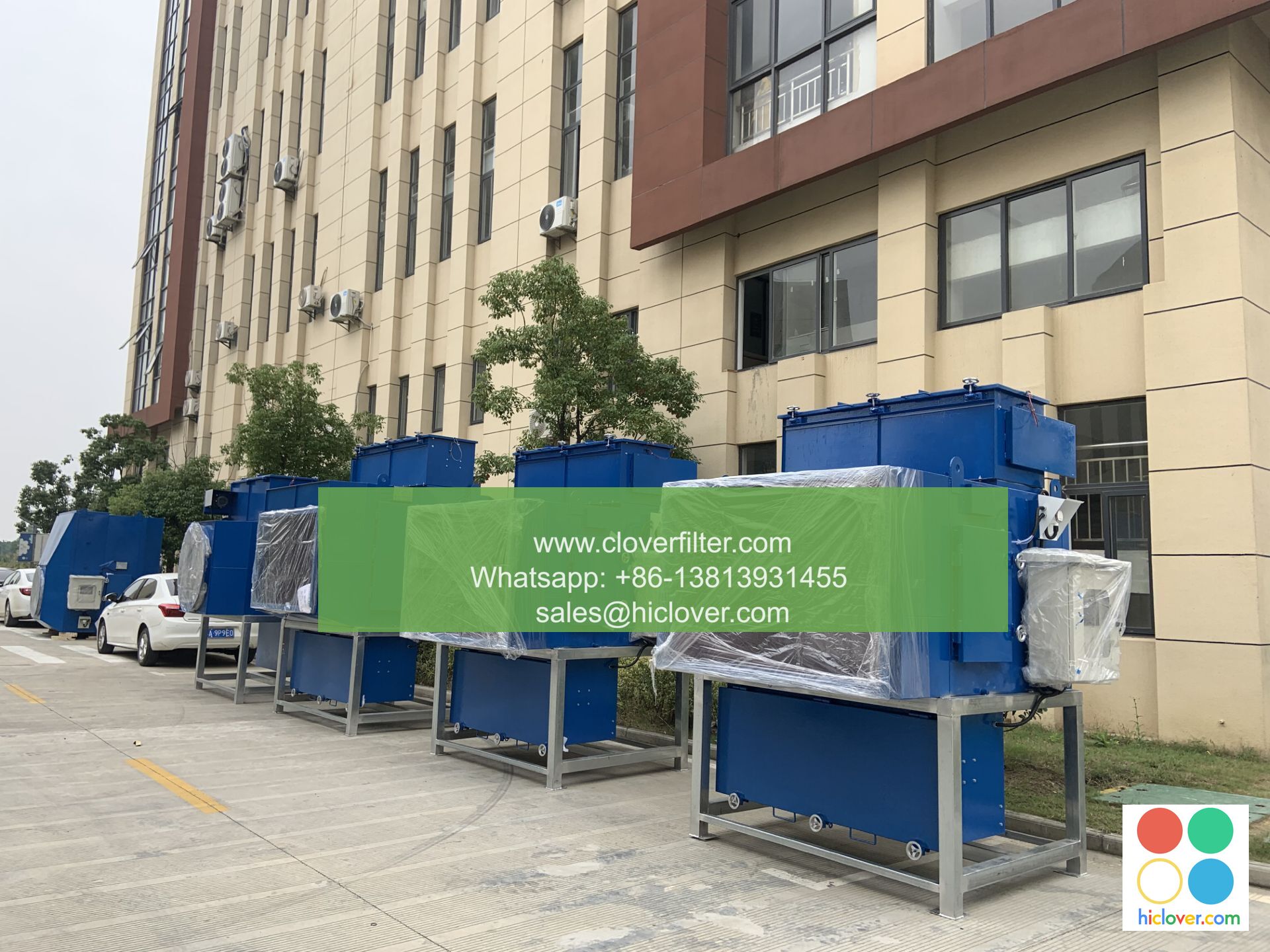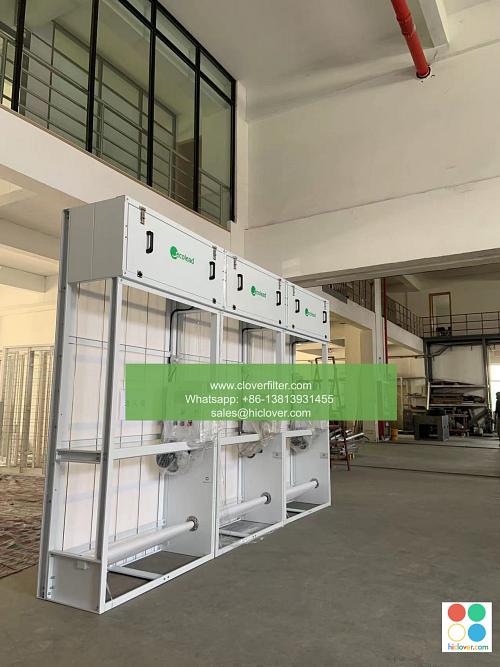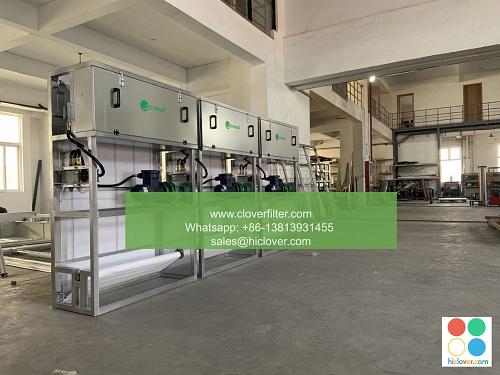Advancements in Filterless Air Cleaning Systems

The Future of Air Cleaning: Advancements in Filterless Air Cleaning Systems
Unlocking a Healthier and Safer Indoor Environment
Indoor air pollution is a growing concern worldwide, with the World Health Organization estimating that it affects 93% of the global population. Traditional air purification systems rely on filters to capture pollutants, but these filters can clog, require frequent replacements, and even harboring bacteria and germs. Filterless air cleaning systems have emerged as a game-changer in the fight against indoor air pollution, offering a more efficient, eco-friendly, and cost-effective solution.
How Filterless Air Cleaning Systems Work
Filterless air cleaning systems utilize advanced technologies to capture pollutants without the need for filters. These systems employ various principles, such as:
- Electrostatic charge: Trapping pollutants through electrical attraction
- UV light: Destroying pollutants through ultraviolet light
- Venturi effect: Capturing pollutants through negative pressure
- No Filter Clogs or Replacements: Filterless systems eliminate the need for frequent replacements, reducing maintenance costs and downtime.
- Increased Efficiency: Without filters, these systems require less energy and can handle larger volumes of air.
- Reduced Emissions: Filterless air cleaning systems are eco-friendly, producing no emissions or waste.
- Improved Air Quality: By capturing pollutants at the molecular level, these systems ensure a healthier and safer indoor environment.
- Residential: Enhance indoor air quality in homes, apartments, and condos, protecting your loved ones’ health and well-being.
- Commercial: Ensure a healthy and comfortable work environment in offices, schools, and hospitals, reducing absenteeism and improving productivity.
- Industrial: Purify air in manufacturing facilities, data centers, and storage spaces, reducing the risk of equipment damage and downtime.
- Healthcare: Improve the air quality in hospitals, clinics, and nursing homes, reducing the risk of hospital-acquired infections.
- Transportation: Clean the air in public transportation, ensuring a healthier and more comfortable ride for passengers.
- Cost: The higher upfront cost of these systems can be daunting for some organizations.
- Energy Consumption: Balancing energy efficiency with efficiency in air purification.
- Public Awareness: Raising awareness about the importance of indoor air quality and the benefits of filterless air cleaning systems.
Advantages of Filterless Air Cleaning Systems
Application Areas for Filterless Air Cleaning Systems
Key Challenges and Future Outlook
As the demand for filterless air cleaning systems continues to grow, facing challenges such as:
Conclusion
Filterless air cleaning systems offer a promising alternative to traditional air purification methods, providing improved air quality, reduced maintenance, and a healthier environment. As the technology continues to evolve, we can expect to see even more innovative solutions emerge. By adopting filterless air cleaning systems, we can work towards a cleaner, healthier, and more sustainable future.
I’m here! What would you like to talk about or ask for help with? I can assist with a wide range of topics, from answering questions, generating ideas, creating content, and more. What’s on your mind?


